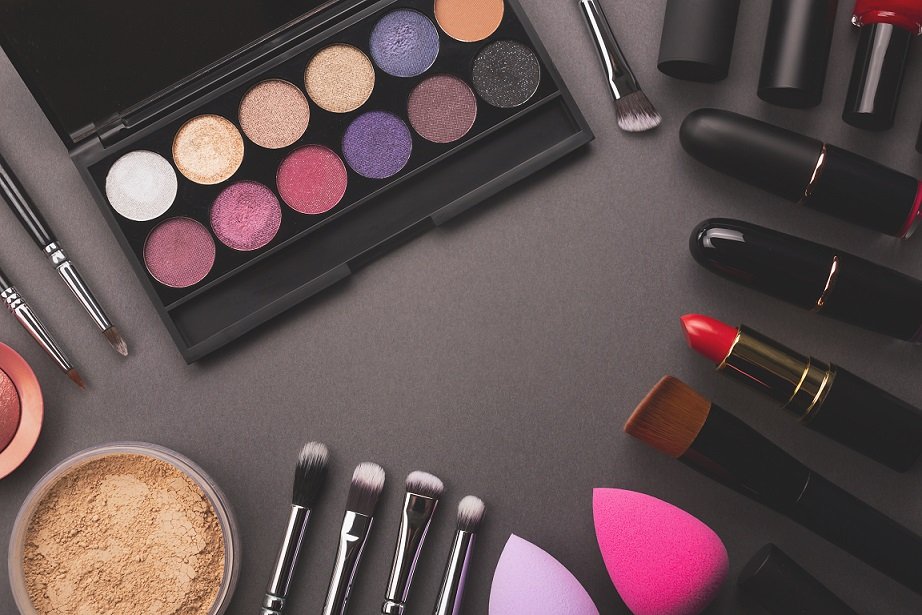On March 31, China’s National Institutes for Food and Drug Control published on its website a draft revised version of the country’s Safety and Technical Standards for Cosmetics. The institutes are soliciting comments on the draft through April 30. According to an explanatory document released with it, the draft revises and develops the terminology of banned raw materials, sunscreens, hair dyes, cleansing cosmetics, eye cosmetics and materials with safety risks in accordance with the Regulations on Cosmetics. It also sets general pH requirements for cosmetics, updates the mercury content limit and adds new items to the list of restricted materials.
Some of the important changes in the draft are listed below.
The list of banned and restricted materials in cosmetics
- Raw materials are sorted alphabetically based on the current List of Banned Cosmetics Materials.
- Data of some raw materials is updated.
- Some technical terms are standardized. For example, the word “ingredient” (组分) is replaced by “raw material” (原料) for consistent wording.
- The list of restricted raw materials in cosmetics is updated according to the List of Banned Cosmetics Materials.
- Requirements for some raw materials are revised according to the circumstances of materials that are already used in cosmetics. For example, the uses of some raw materials are standardized and the note on the purification of α-hydroxy acids is updated.
- Toluene is added to the list of restricted materials. Its concentration must not exceed 25 percent.
The list of approved raw materials in cosmetics
- The list of approved raw materials is updated according to the List of Banned Cosmetics Materials.
- Ethyl lauroyl arginate HCL is added to the list of approved preservatives.
- To regulate raw materials more strictly according to chemical regulations, preservatives containing mercury are removed from the list and Chinese gall extract is transferred from the list of approved colorants to the list of approved hair dyes while the note on the extract is updated as well.
- The terminology and wording used in the list of approved raw materials in cosmetics are partially revised in accordance with the Regulations on Cosmetics.
Test methods
- Four new test methods are introduced and 15 existing test methods are revised. For example, some current methods are replaced with those with higher throughput and overlapping methods as well as test items overlapping among different test methods are removed.
- The physical and chemical test methods are classified into general principles, banned raw materials, restricted raw materials, preservatives, sunscreens, colorants, hair dyes, etc. in accordance with relevant rules for raw material management. In this relation, it is stated in the general principles that these classifications and their order don’t represent the categories of raw materials examined by the test methods.
- Hard-to-understand parts of the tests, including reagents and raw material samples, are explained in the general principles.
- The document format is standardized. For example, the Chinese and English names of raw materials are standardized and the Chinese names and CAS Registry Numbers of the reference materials are added to appendices.
The full draft of the revised Safety and Technical Standards for Cosmetics (in Chinese) has been published on the following webpage. Please note that it may not be available in Japan or other locations outside China.
https://www.nifdc.org.cn/nifdc/xxgk/ggtzh/tongzhi/2022033116124546136.html
 China drafting revised technical standards for cosmetics safety
China drafting revised technical standards for cosmetics safety 

























